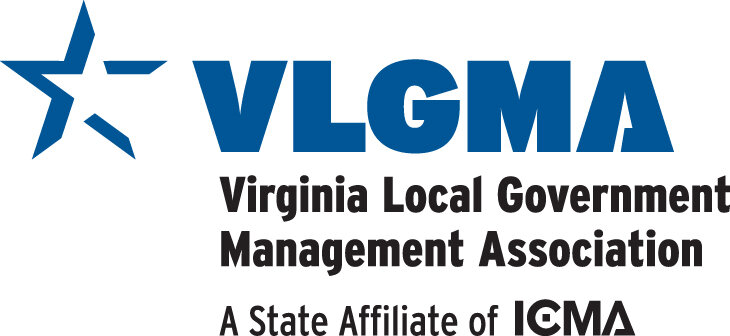Community Conversations: November 2020
Emily Kilroy, Albemarle County Director of Communications and Public Engagement
The Removal Will Be Televised
In July, we shared that Albemarle County began the new process codified in Virginia Code § 15.2-1812 that authorized a locality to remove, relocate, contextualize, or cover war monuments and memorials from its public property. This summer, the Albemarle County Board of Supervisors executed the new legal process to remove the At Ready Confederate War Memorial and on September 12, 2020, At Ready, the Napoleon cannons, and the stacked cannonballs that stood in front of our historic courthouse for 111 years were removed – the first locality in Virginia to do so.
In 1909, according to the newspaper of record, “the shaft was unveiled with pomp and pageantry and eloquent tributes” after a parade across town that included thousands of notable community members, war veterans, and school children. The community put this statue up and it was critical that the community be part of taking it down.
Throughout the summer, a community event around the removal was planned alongside community members in an effort to bring people together to mark the significance of recognition of the harm that this statue had caused our community and of the public action to remove the memorial after a thorough community-driven engagement process. In reviewing news coverage of statue removals – whether by local governments or by demonstrators, announced or unannounced – the one constant is the large crowds that assemble, day or night, to bear witness. Due to gathering restrictions in-place at the state and local levels, we could not legally or responsibly create onsite programming.
How could we honor our community’s interest in attending the removal while meeting gathering restrictions? We determined our best chance of keeping people away from the courthouse was to provide an at-home experience that was more compelling than standing along the construction perimeter. We pivoted our planning from prepared remarks from a podium to a livestream event that combined HD footage of the removal work alongside a split screen with recorded content that highlighted the history of the statue and the courthouse square, the significance of cultural landscape and memorialization in public space, background on the construction of the statue and its base, information on the time capsule in the base and the history of time capsules, and the voices of countless community members who participated in the engagement phase of this process to share the significance of this statue, in this location, in their life. During more active construction periods, we provided audio narration of the work, facts about the memorial, and read newspaper accounts from the 1909 unveiling.
Supporting this effort was a focused communications campaign. We messaged heavily through our channels that no public accommodations were being made. We connected regularly with key community stakeholders and, separately, the media in embargoed briefings, on what to expect for the livestream event and on the ground so they became partners in the messaging.
The investment to make this event successful was not small, but our planning team of police, fire rescue, project management and public works staff believed this supported the overall safety of the event – one that involved heavy construction equipment and had strong community interest with differing viewpoints. And it worked – fewer than 100 people attended in-person and over 51,000 people – from across the globe - watched with us on the livestream.
To discuss this concept further or ask questions contact Emily (ekilroy@albemarle.org)
Have a topic for a future Community Conversations article to suggest? Please, contact Cindy Mester (cmester@fallschurchva.gov)

